
3D print your face on a mask, fit antibacterial handles to your doors – designs for the Covid-19 both practical and whimsical
- An architect’s call for designs for small objects to make a difference to lives amid Covid-19 drew a range of submissions, some functional, others more fun
- Douglas Young of quirky Hong Kong lifestyle store G.O.D submitted a 3D printed face mask, artist Kacey Wong embalmed a toilet roll. The designs are now on show
When the Covid-19 pandemic hit Hong Kong nearly nine months ago, sending everyone away from offices and schools and into their tiny flats, architect Marisa Yiu Kar-san started thinking about how even the smallest things could make a big difference when your life has shrunk to the size of your home. She decided to put out a call for interesting ideas.

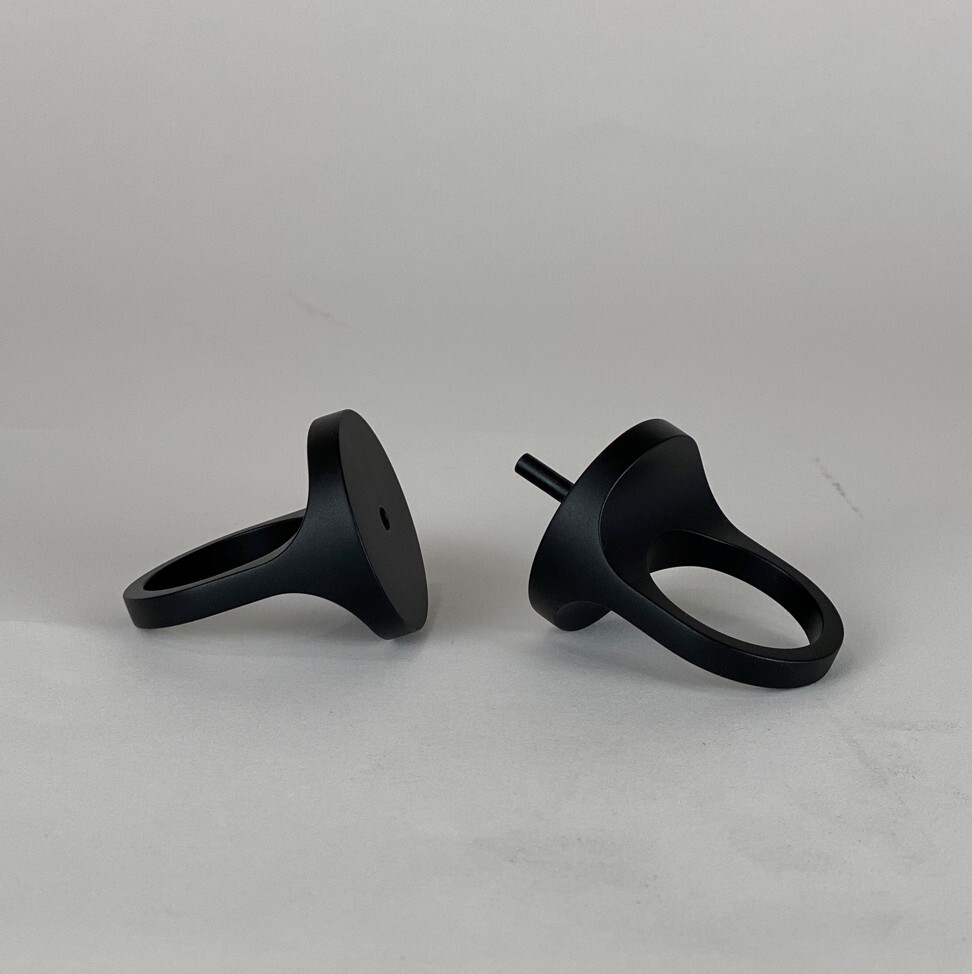
That’s likely to be the case for industrial designer Michael Young’s contribution to the programme. He took a straightforward approach to dealing with the pandemic by designing door handles that use laser etching to create fluid-repellent antibacterial surfaces. Young says he was inspired by the surface of lotus leaves, which naturally repel water.
“It’s pretty simple – just adding a bit of science to an everyday object,” he says. The handles have already found a home in a meeting room he is designing for Hong Kong-based office design company JEB Group. “I hope to employ the research in future reiterations.”
A closet that can sanitise shoes and clothes in 5 minutes
“During the intensive lockdown times, we heard my neighbour’s kid screaming every now and then,” says Tsang. “I understand that the stress built up subconsciously is so serious that [people], especially children, have difficulty in letting it out. So we thought about the idea of making some tools as a response. Holding them in your hands is just a sense of pleasure.”


Each mould is based on the hand-painted calligraphy of vintage signs. They serve as a reminder of the craftsmanship inherent in these signs as well as their rapid disappearance from the city’s streetscape, a result of changes in government regulations.
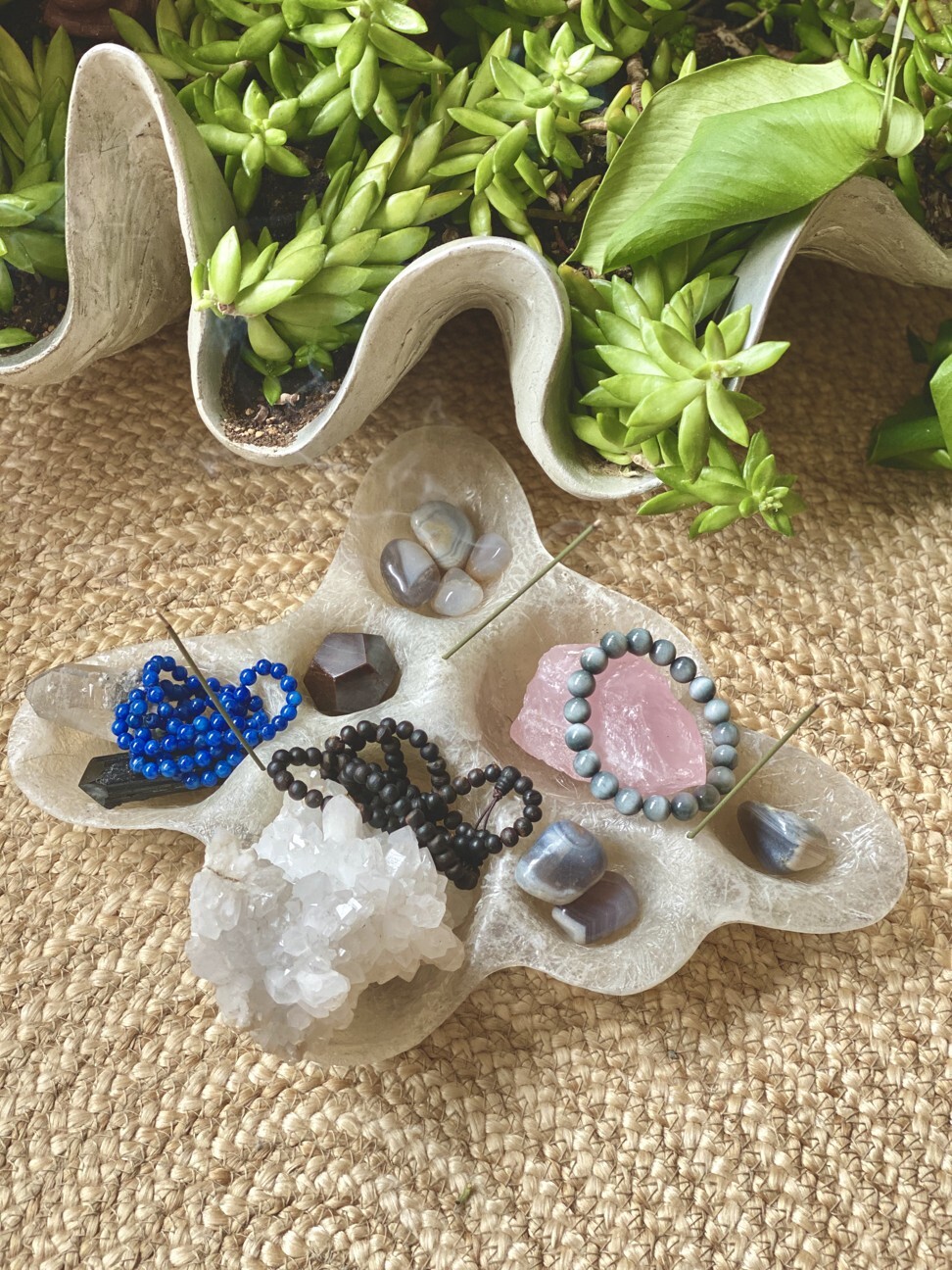
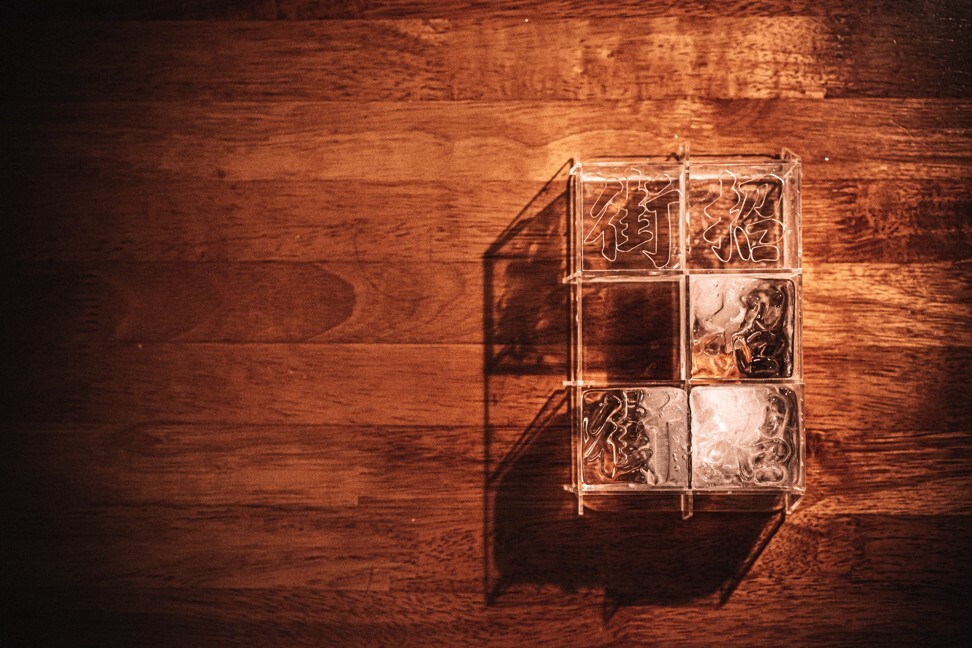
To make the moulds, Mak and Fung worked with second-generation signboard maker Lee Kin-meng, who created a digital font based on the works of veteran calligrapher Lee Hon. “We used melting of ice as an analogy to the disappearance of the signboard streetscape in Hong Kong, which we hope will receive enough attention and initiate discussion on its preservation before it is too late,” says Mak.
Progin says they used waste materials collected from around their studio, including porcelain, yarn and stale popcorn. Each piece sits atop a brick that can be snapped into Lego bricks and wheels.
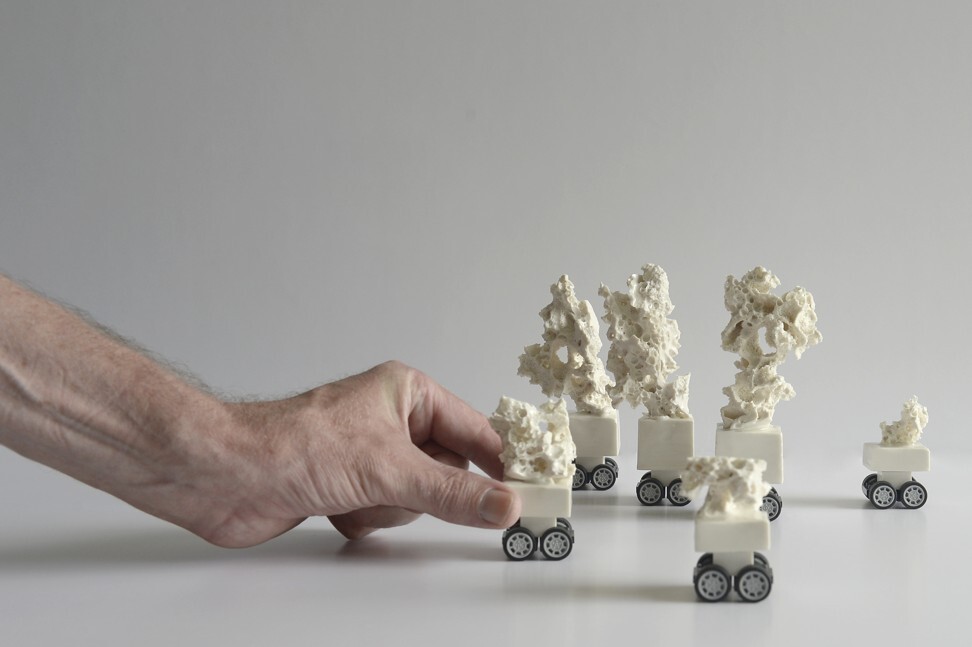
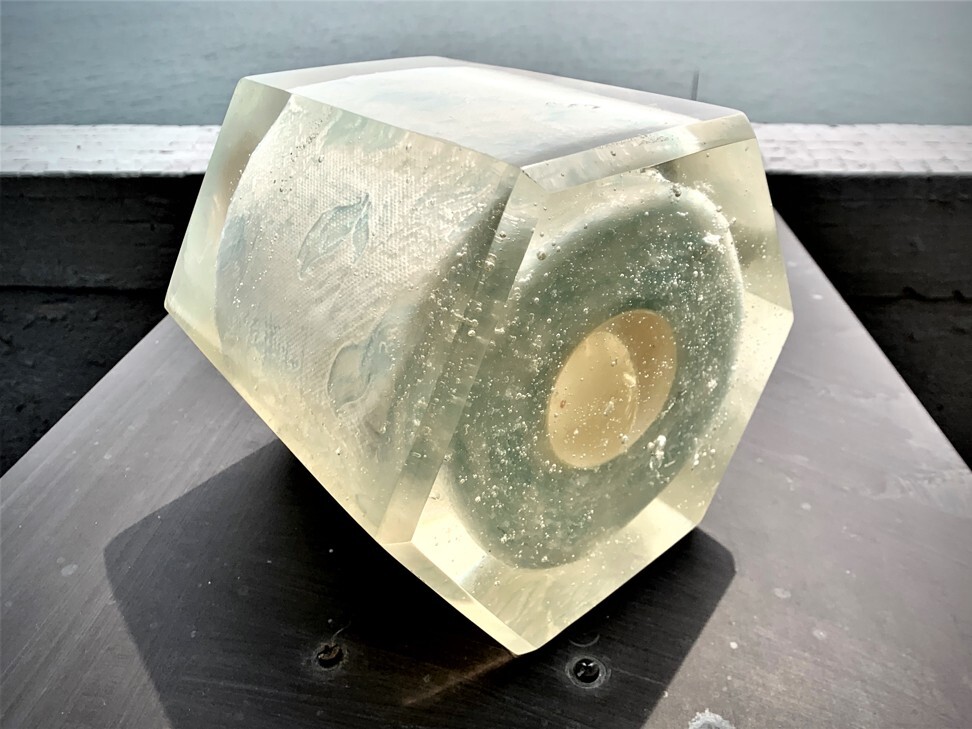
Expect to see those pieces for sale at some point in the future.
“We’re not looking to mass produce our concept given that each set of sculptures is unique and handmade,” says Progin. “The project works when every piece we make has its own character, just like each rock tells a different story. The idea would be to start small with a numbered edition and see where it takes us.”
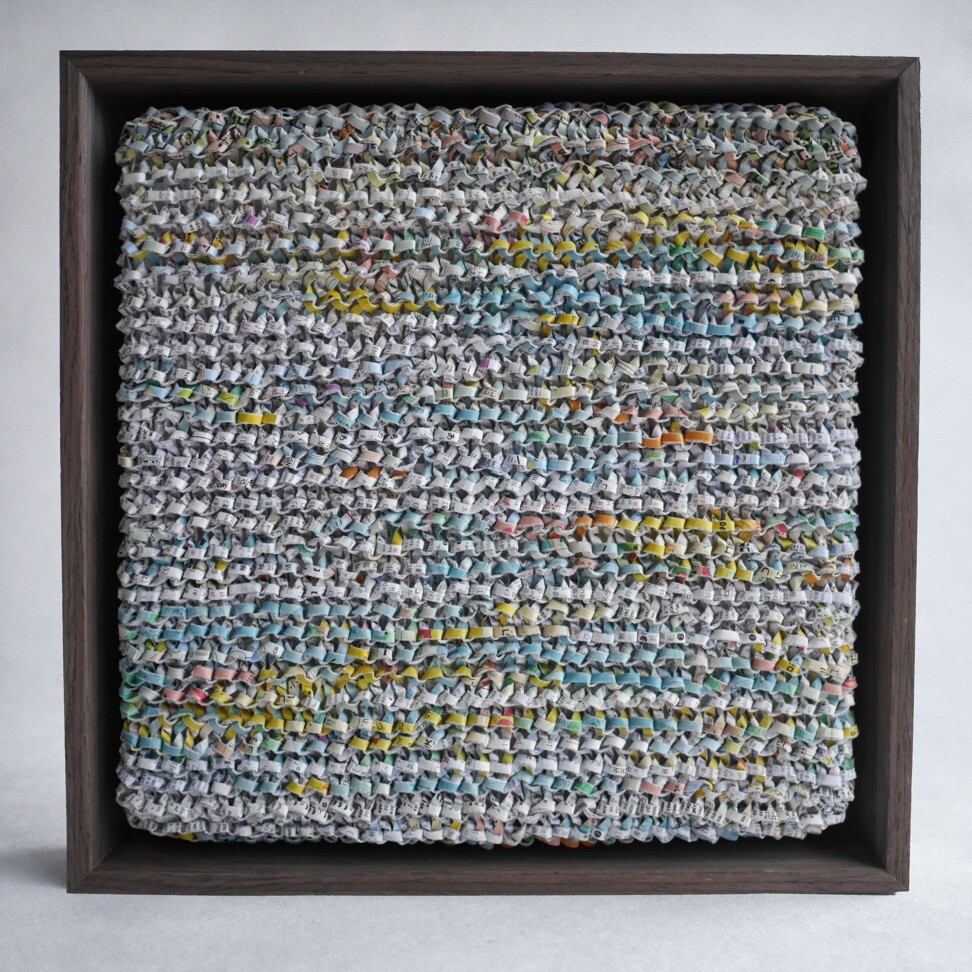
Marisa Yiu says the designs are a sign of how the creative process can thrive in the most difficult circumstances.
“People were willing to share ideas despite personal and professional challenges during these times,” she says. “I’m really hoping some of them can become reality.”

